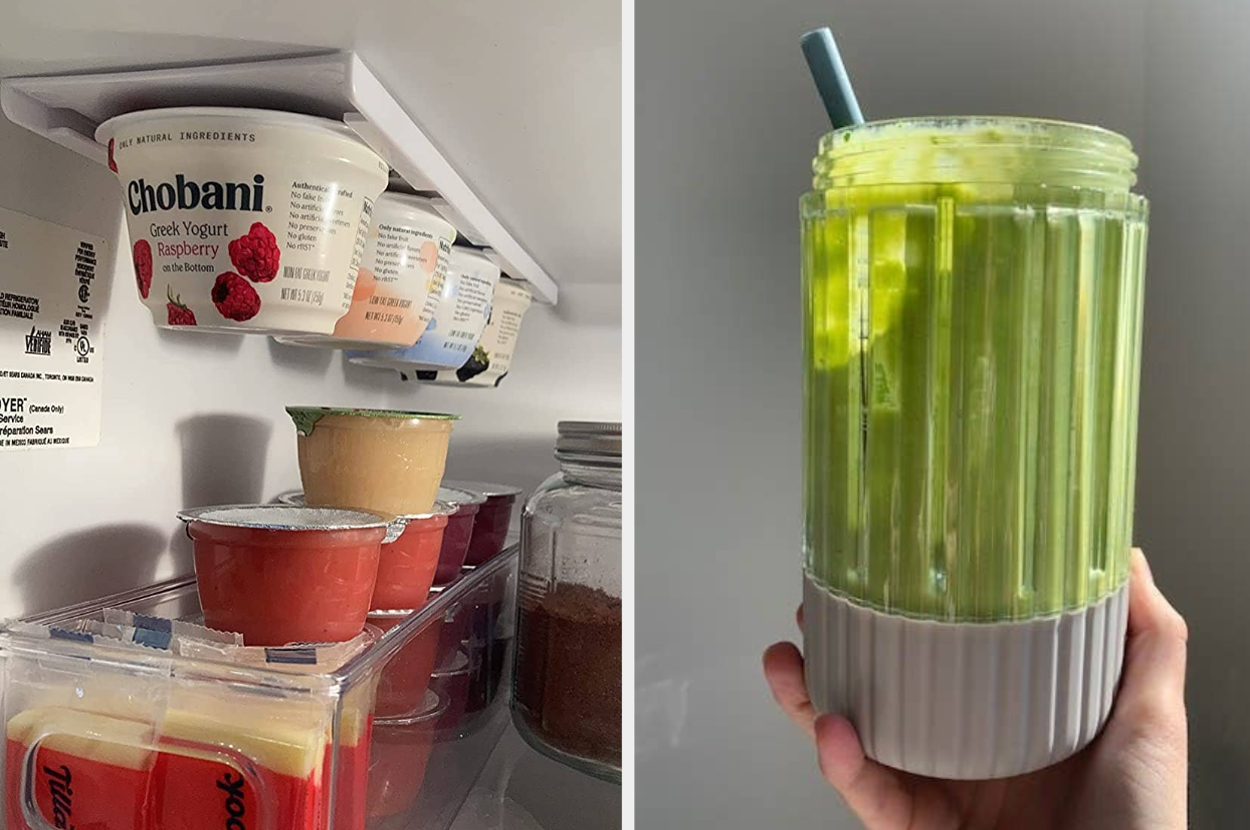An anonymous reader quotes a report from The Guardian: The societal cost of using toxic PFAS or “forever chemicals” across the global economy totals about $17.5 trillion annually, a new analysis of the use of the dangerous compounds has found. Meanwhile, the chemicals yield comparatively paltry profits for the world’s largest PFAS manufacturers — about $4 billion annually. The report, compiled by ChemSec, a Sweden-based NGO that works with industry and policymakers to limit the use of toxic chemicals, partially aims to highlight how the “astronomical” cost of using PFAS is shouldered by governments typically forced to fund the cleanup of pollution and individuals who suffer from health consequences. “If you compare the profits that they make and the cost to society — it’s ridiculous,” said Peter Pierrou, ChemSec’s communications director.
PFAS are a class of about 15,000 chemicals often used to make products resistant to water, stains and heat. The chemicals are ubiquitous, and linked at low levels of exposure to cancer, thyroid disease, kidney dysfunction, birth defects, autoimmune disease and other serious health problems. They are called “forever chemicals” because they do not naturally degrade. The chemicals are thought to be contaminating drinking water for at least 200 million Americans, while watchdogs have identified thousands of industrial polluters. Similar widespread contamination persists throughout Europe.
ChemSec found 12 companies account for most of the world’s PFAS production and pollution. Among them are 3M, Chemours, Solvay, Daiki, Honeywell, BASF, Merk and Bayer, though 3M this year announced it would discontinue making PFAS in part because of regulatory pressure and litigation. […] The analysis broke down societal costs into four categories. Soil and water remediation are the most expensive, followed by healthcare costs and bio-monitoring of PFAS pollution. While the average market price of PFAS is [about $20.75] for each kilogram, the price spikes to about [$20,456.78] for each kilogram when societal costs are factored in. Beyond profits and pollution, the analysis also provides a closer look at how the chemicals are used across the economy, and whether those uses are “essential” or “non-essential.” Banning non-essential uses would probably spell the end of the chemicals in most consumer goods and cut deeply into the industry’s profits.
Source link










Leave a Reply